Did you know that you can continue to stay connected to the Library while staying home? How would you like to participate in a virtual storytime with your family or receive resume help all from the comfort of your couch? Join Charlotte Mecklenburg Library every week for a wide range of virtual programming for children, teens and adults. See a complete listing of this upcoming programming for the week of 11/2/2020 below. Click the corresponding links for more information and register for programs where applicable.
Learn more about online programming by clicking here
Monday 11/2
Family Storytime – 9:30 a.m. (Children's programming) learn more
Book a Librarian - Nonprofit Services – 11 a.m. (Adult programming) register
One-on-One Tutoring and Enrichment – 11 a.m. (Children’s programming) register
Virtual Reading Buddies – 11 a.m. (Children's programming) register
Virtual Reading Buddies – 12 p.m. (Children's programming) register
Mindful Mondays - Guided Relaxation and Meditation – 12 p.m. (Adult programming) register
Virtual Reading Buddies – 1 p.m. (Children's programming) register
One-on-One Tutoring and Enrichment – 2 p.m. (Children’s programming) register
Virtual Reading Buddies – 2 p.m. (Children's programming) register
Book a Librarian – Technology – 2 p.m. (Adult programming) register
One-on-One Tutoring and Enrichment - 3 p.m. (Children's programming) register
Virtual Reading Buddies – 3 p.m. (Children's programming) register
One-on-One Tutoring and Enrichment - 4 p.m. (Children's programming) register
Virtual Reading Buddies – 4 p.m. (Children's programming) register
Stronger Together: Support for your Job Search – 4 p.m. (Adult programming) register
One-on-One Tutoring and Enrichment - 5 p.m. (Children's programming) register
Virtual Reading Buddies – 5 p.m. (Children's programming) register
One-on-One Tutoring and Enrichment – 6 p.m. (Children's programming) register
Virtual Reading Buddies – 6 p.m. (Children's programming) register
True Crime Podcast Discussion Club – 7 p.m. (Adult programming) register
Tuesday 11/3
Family Storytime – 9:30 a.m. (Children's programming) learn more
Book a Librarian - Business Research – 11 a.m. (Adult programming) register
Virtual Reading Buddies – 11 a.m. (Children's programming) register
One-on-One Tutoring and Enrichment - 11 a.m. (Children's programming) register
Virtual Reading Buddies – 12 p.m. (Children's programming) register
Career Development Intensive Coaching – 12 p.m. (Adult programming) register
Career Development Intensive Coaching – 12:30 p.m. (Adult programming) register
Virtual Reading Buddies – 1 p.m. (Children's programming) register
Virtual Reading Buddies – 2 p.m. (Children's programming) register
Book a Librarian - Technology – 2 p.m. register
One-on-One Tutoring and Enrichment – 2 p.m. (Children's programming) register
One-on-One Tutoring and Enrichment – 3 p.m. (Children's programming) register
Virtual Reading Buddies – 3 p.m. (Children's programming) register
One-on-One Tutoring and Enrichment – 4 p.m. (Children's programming) register
Virtual Reading Buddies – 4 p.m. (Children's programming) register
One-on-One Tutoring and Enrichment – 5 p.m. (Children's programming) register
Virtual Reading Buddies – 5 p.m. (Children's programming) register
One-on-One Tutoring and Enrichment – 6 p.m. (Children's programming) register
Virtual Reading Buddies – 6 p.m. (Children's programming) register
Sparking Creativity for Teens – 6 p.m. (Teen programming) register
Wednesday 11/4
Family Storytime – 9:30 a.m. (Children's programming) learn more
One-on-One Tutoring and Enrichment – 11 a.m. (Children’s programming) register
Virtual Reading Buddies – 11 a.m. (Children's programming) register
Virtual Reading Buddies – 12 p.m. (Children's programming) register
Virtual Reading Buddies – 1 p.m. (Children's programming) register
One-on-One Tutoring and Enrichment – 2 p.m. (Children’s programming) register
Virtual Reading Buddies – 2 p.m. (Children's programming) register
Book a Librarian – Technology – 2 p.m. (Adult programming) register
One-on-One Tutoring and Enrichment - 3 p.m. (Children's programming) register
Virtual Reading Buddies – 3 p.m. (Children's programming) register
One-on-One Tutoring and Enrichment - 4 p.m. (Children's programming) register
Virtual Reading Buddies – 4 p.m. (Children's programming) register
One-on-One Tutoring and Enrichment - 5 p.m. (Children's programming) register
Virtual Reading Buddies – 5 p.m. (Children's programming) register
One-on-One Tutoring and Enrichment – 6 p.m. (Children's programming) register
Virtual Reading Buddies – 6 p.m. (Children's programming) register
Thursday 11/5
Family Storytime – 9:30 a.m. (Children's programming) learn more
Book a Librarian - Business Research – 11 a.m. (Adult programming) register
Virtual Reading Buddies – 11 a.m. (Children's programming) register
One-on-One Tutoring and Enrichment - 11 a.m. (Children's programming) register
Career Development Intensive Coaching – 12 p.m. (Adult programming) register
Career Development Intensive Coaching – 12:30 p.m. (Adult programming) register
Parent Lunch & Learn: Bullet Journaling for Parents – 12 p.m. (Adult programming) register
Virtual Reading Buddies – 12 p.m. (Children's programming) register
Virtual Reading Buddies – 1 p.m. (Children's programming) register
Virtual Reading Buddies – 2 p.m. (Children's programming) register
Book a Librarian - Technology – 2 p.m. (Adult programming) register
One-on-One Tutoring and Enrichment – 2 p.m. (Children's programming) register
One-on-One Tutoring and Enrichment – 3 p.m. (Children's programming) register
Virtual Reading Buddies – 3 p.m. (Children's programming) register
One-on-One Tutoring and Enrichment – 4 p.m. (Children's programming) register
Virtual Reading Buddies – 4 p.m. (Children's programming) register
One-on-One Tutoring and Enrichment – 5 p.m. (Children's programming) register
Virtual Reading Buddies – 5 p.m. (Children's programming) register
One-on-One Tutoring and Enrichment – 6 p.m. (Children's programming) register
Virtual Reading Buddies – 6 p.m. (Children's programming) register
Teens Live on Instagram: Career Conversation with Jonathan Reyes – 6 p.m. (Teen programming) register
Friday 11/6
Family Storytime – 9:30 a.m. (Children's programming) learn more
Virtual Reading Buddies – 11 a.m. (Children's programming) register
One-on-One Tutoring and Enrichment – 11 a.m. (Children's programming) register
Virtual Reading Buddies – 12 a.m. (Children's programming) register
Mindful Friday- Meditation for Wellness – 12 p.m. (Adult programming) register
Virtual Reading Buddies – 1 p.m. (Children's programming) register
Virtual Reading Buddies – 2 p.m. (Children's programming) register
Acing the Interview Process: What to do before, during, and after the interview – 2 p.m. (Adult programming) register
Book a Librarian - Technology – 2 p.m. register
One-on-One Tutoring and Enrichment – 2 p.m. (Children's programming) register
One-on-One Tutoring and Enrichment – 3 p.m. (Children's programming) register
Virtual Reading Buddies – 3 p.m. (Children's programming) register
Virtual Reading Buddies – 3:30 p.m. (Children's programming) register
Saturday 11/7
Family Storytime – 9:30 a.m. (Children's programming) learn more
Virtual Reading Buddies – 10 a.m. (Children's programming) register
Virtual Reading Buddies – 11 a.m. (Children's programming) register
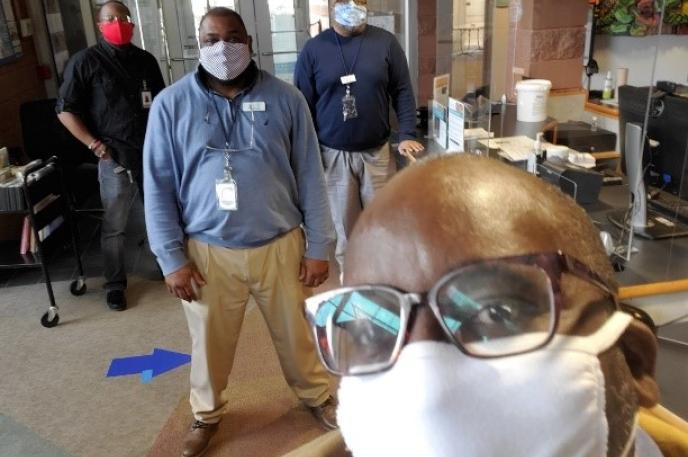
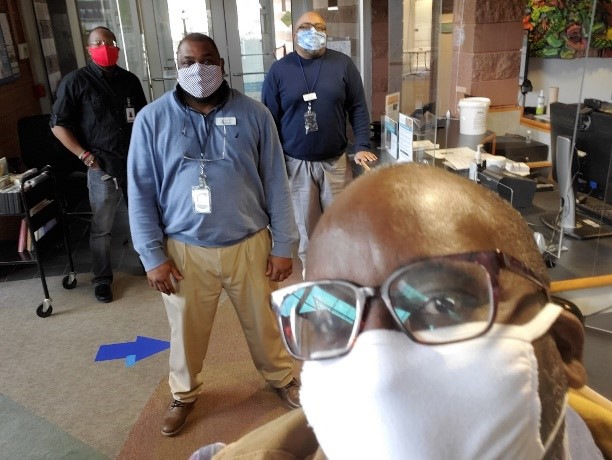



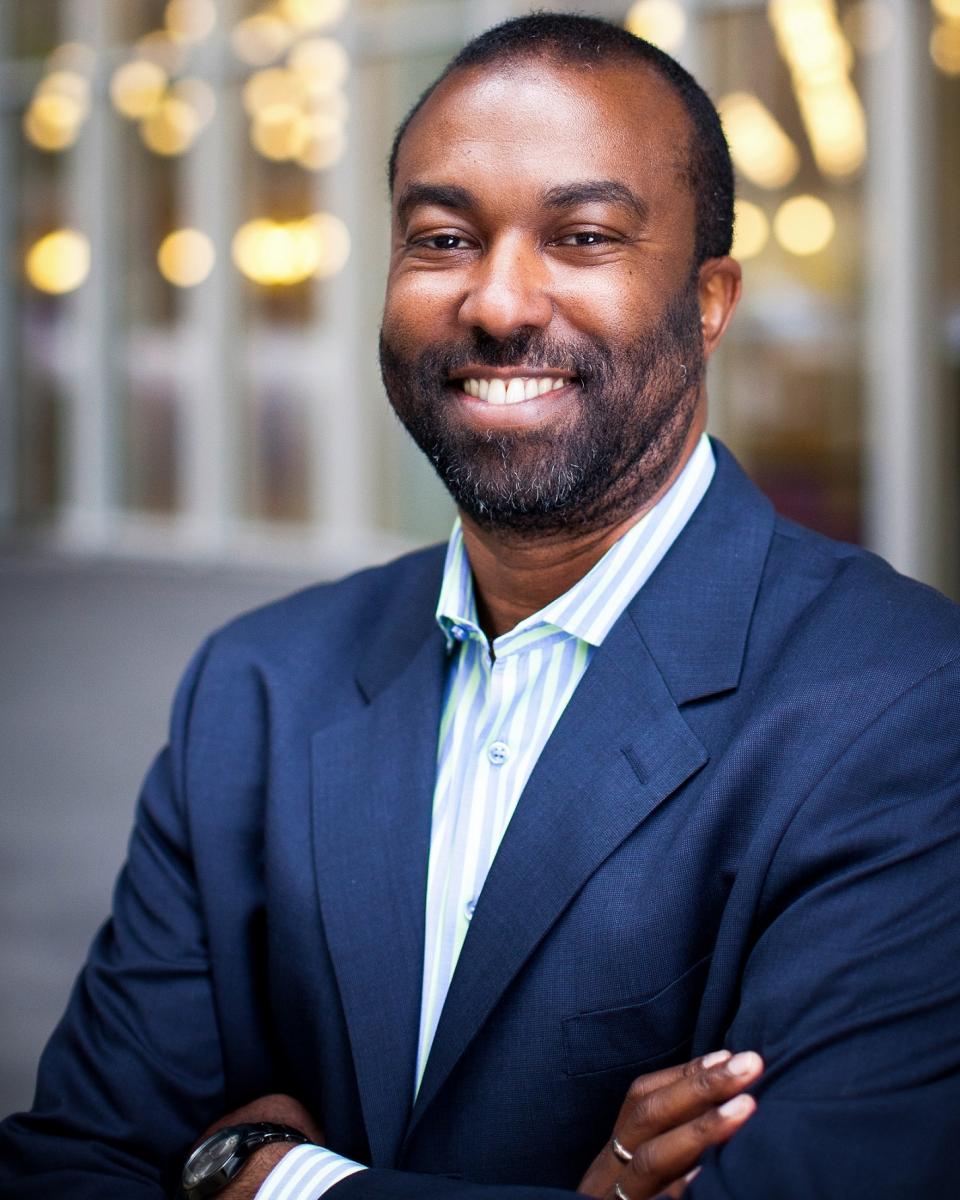 Turner’s three decades of experience includes 10 years at SPL, where he led and managed a system of 27 libraries, including the world-renowned and iconic Central Library, a staff of 679 and more than 500 volunteers. He brings comprehensive experience at every level of system, program and community engagement management of public libraries. Turner is also a highly regarded speaker and guest lecturer, sharing his views and vision on the future of libraries at local, state, national and international library conferences and universities. Turner earned his master’s degree in library science from the University of Tennessee and a bachelor’s degree from Mississippi University for Women.
Turner’s three decades of experience includes 10 years at SPL, where he led and managed a system of 27 libraries, including the world-renowned and iconic Central Library, a staff of 679 and more than 500 volunteers. He brings comprehensive experience at every level of system, program and community engagement management of public libraries. Turner is also a highly regarded speaker and guest lecturer, sharing his views and vision on the future of libraries at local, state, national and international library conferences and universities. Turner earned his master’s degree in library science from the University of Tennessee and a bachelor’s degree from Mississippi University for Women. 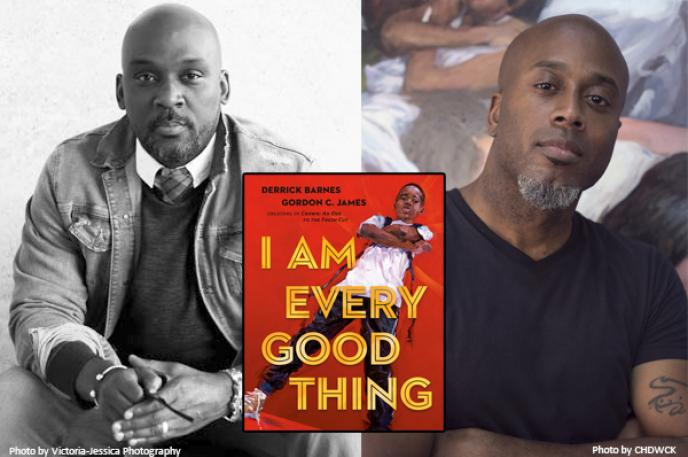












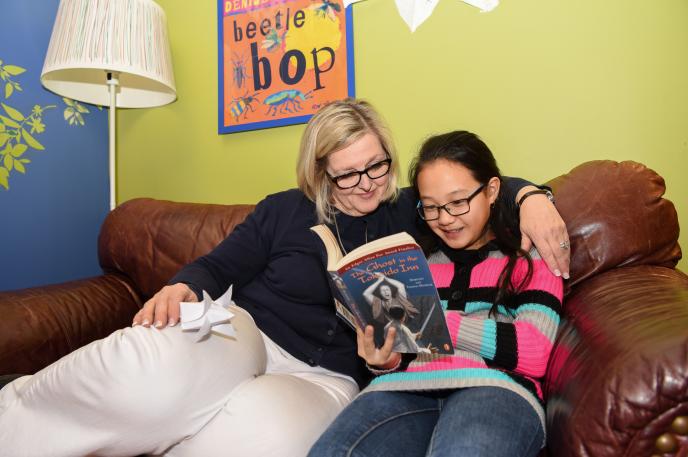
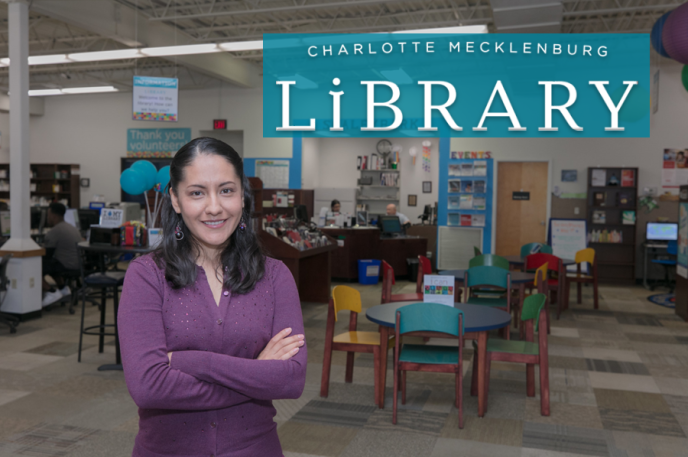
 The Community Budget Workshops are designed to allow Mecklenburg County residents to share their budget priorities with County leadership before the budget is finalized for fiscal year 2022 (starting July 1, 2021).
The Community Budget Workshops are designed to allow Mecklenburg County residents to share their budget priorities with County leadership before the budget is finalized for fiscal year 2022 (starting July 1, 2021). 
